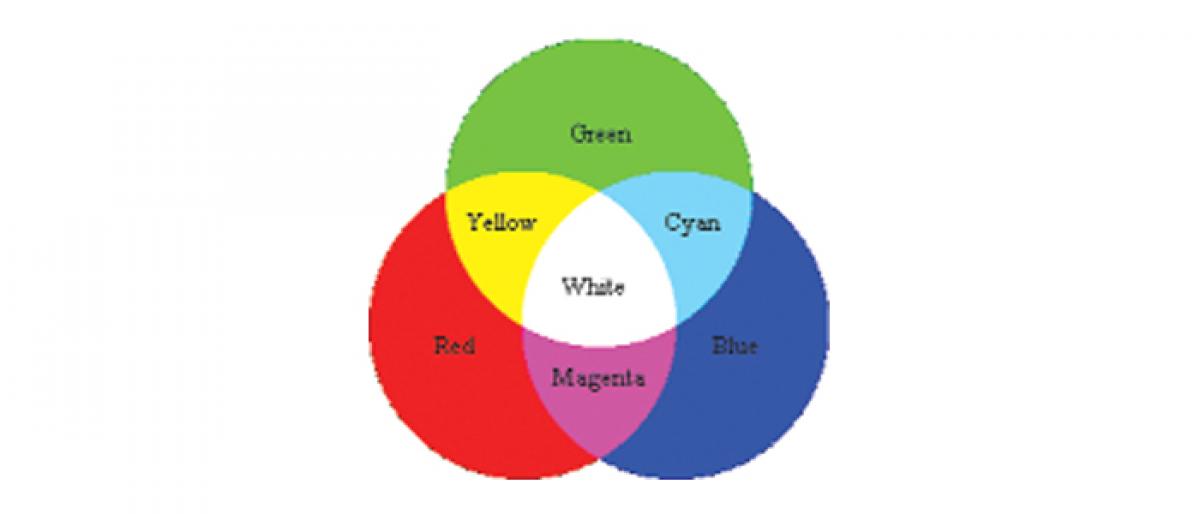Color of light

What color do you think white light is It seems obvious, doesnt itwhite, of course Though it is called white because it seems to have no color, white light is in fact a mixture of red, orange, yellow, green, blue, indigo, and violet light Each of the different colors has its own wavelength, which reflects and refracts at its own angle, different from all the other colors
What color do you think ‘white light’ is? It seems obvious, doesn’t it—white, of course! Though it is called ‘white’ because it seems to have no color, white light is in fact a mixture of red, orange, yellow, green, blue, indigo, and violet light. Each of the different colors has its own wavelength, which reflects and refracts at its own angle, different from all the other colors. When light passes through a prism (a triangular piece of glass), it is reflected and refracted into a continuous band of colors called a spectrum. The beam of light enters the prism at one angle, but since each color bends at a different angle, they exit the prism at different places, allowing you to see them.
You can see light broken into a color spectrum by using a flashlight and a compact disc. Make a hole about 1/2 inch in diameter in a piece of aluminum foil and then wrap the foil over the end of the flashlight. Place the CD on the table with the shiny side up. Hold the flashlight so that the light reflects off the CD and into your eyes. (Have the CD between you and the flashlight and point the light diagonally.) The small dents and grooves in the CD cause the colors in the light to reflect at different angles. That is why you can see all the colors in a beautiful spectrum.
You may have often wondered what makes a rainbow in the sky after a thunderstorm. It’s simple, really—a rainbow is just white light being dispersed into its colors. Each individual raindrop acts as a little prism. When the light enters the raindrop, it is first refracted into its colors which are then reflected out at different angles. Though each raindrop produces an entire spectrum, you are only able to see one of the colors. That is because some of the colors are reflected at an angle that does not come toward you.
All the raindrops in one section of the sky reflect the red light back to you, forming a red band, while the other colors are scattered at different angles so you don’t see them. The next section of raindrops reflects orange toward you, the next yellow, etc. The end result is that you see bands of each color in a beautiful spectrum stretching across the sky. When you look for a rainbow, always remember to keep your back to the sun—you only see the colors when the light is reflected back to you.
A spectroscope is a device that is used by scientists to study the spectra of different light sources. It usually has a diffraction grating, a piece of plastic with grooves, to break the light down into its color components. Different kinds of light have different spectra, so scientists can use precise spectroscopes to identify the properties of stars and find the elements contained in other substances. This is the science of spectroscopy.
You can use a spectroscope to examine different light sources in your home. Incandescent light bulbs and sunlight will produce a continuous spectrum, where all the colors merge smoothly into each other. (Stars, like the sun, actually emit a dark-line spectrum, which has the colors broken up by dark lines. Only very precise spectroscopes can see the dark lines, however, so the sun looks like a continuous spectrum.) A fluorescent light will produce a bright-line spectrum, which has bright lines separated by dark spaces.

